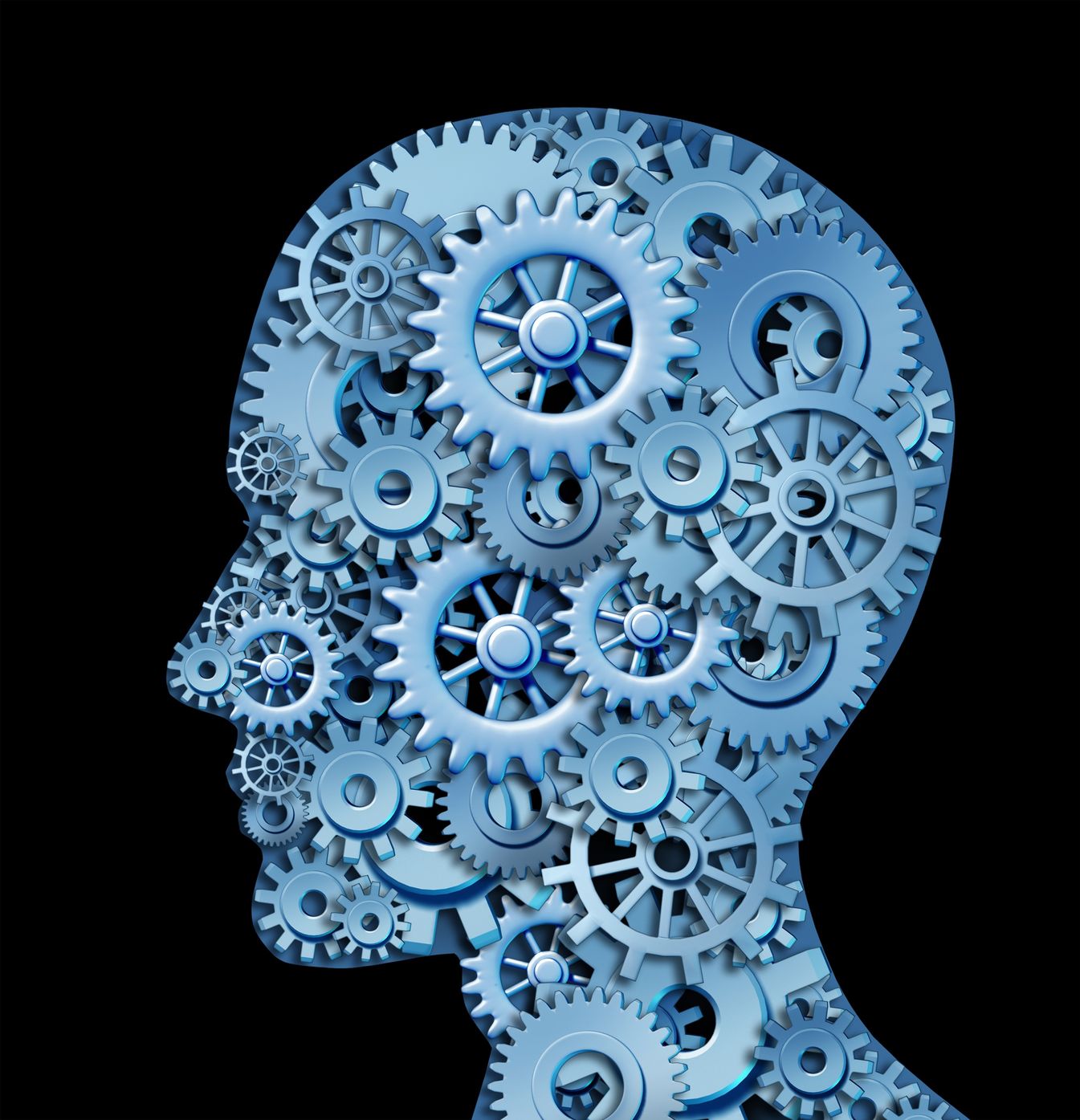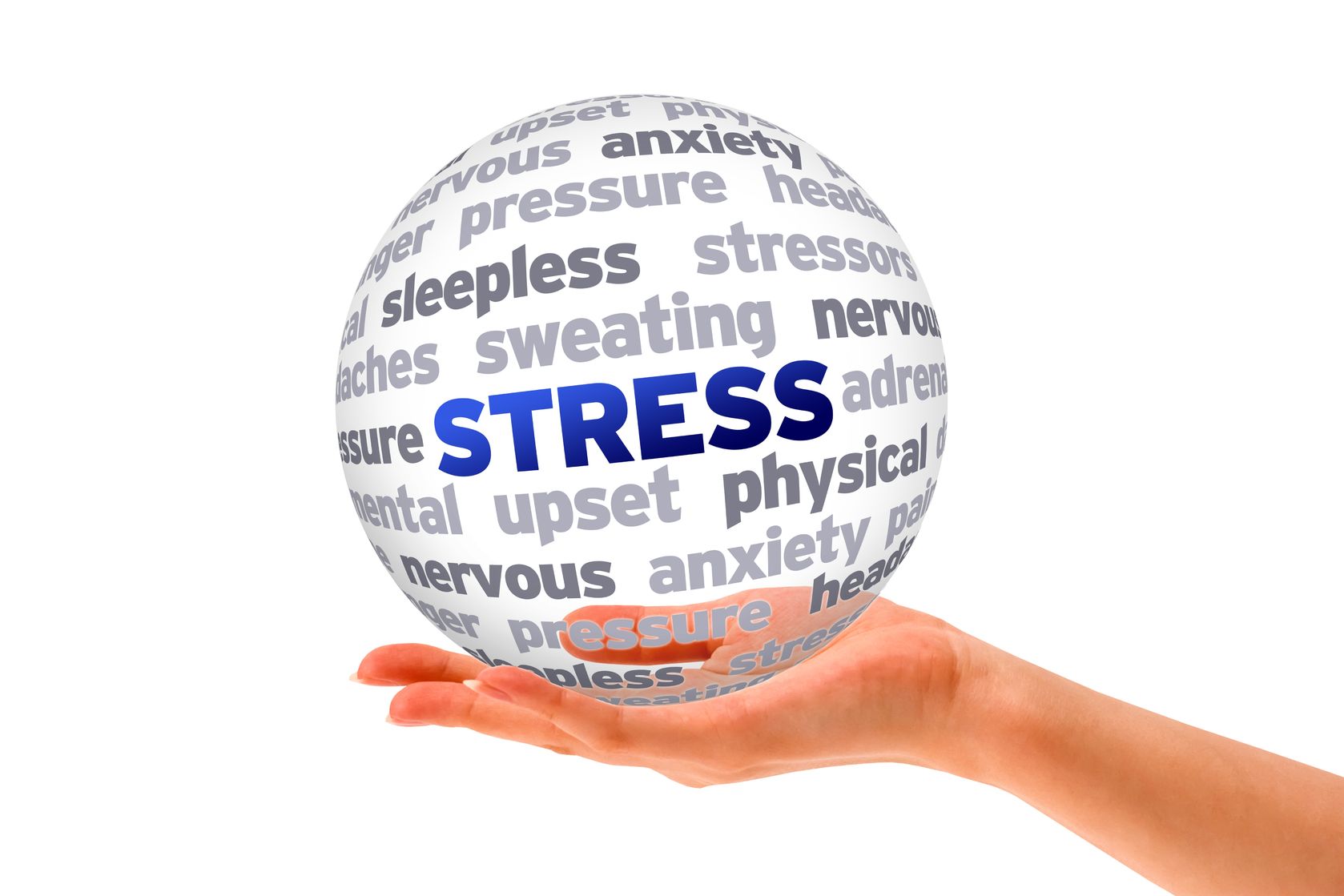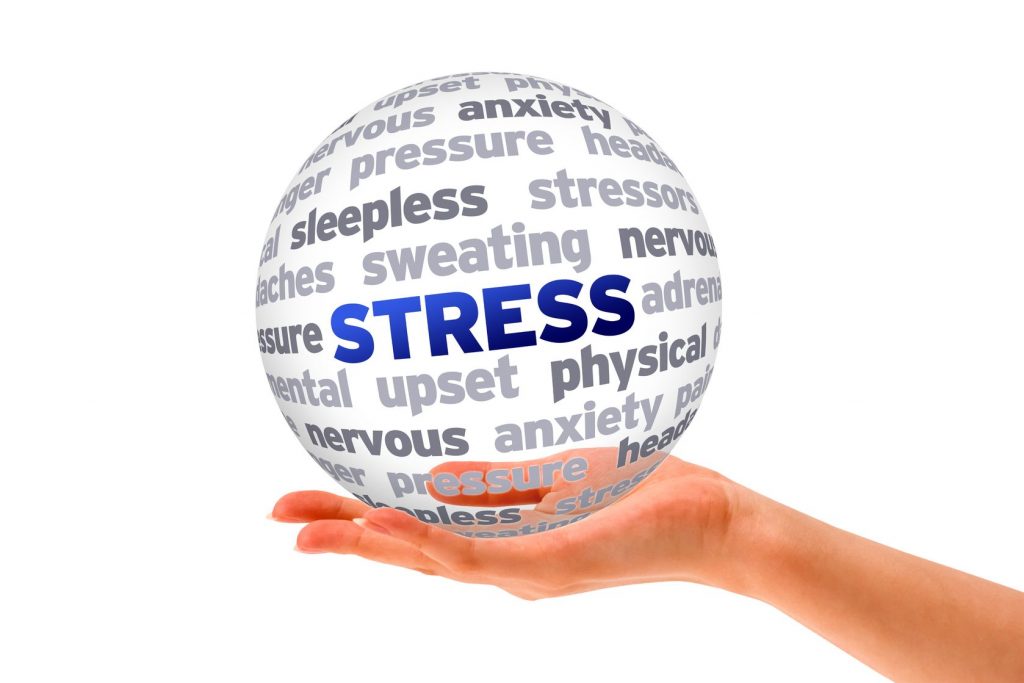Your cart is currently empty!
Tag: anxiety
-

5 Ways Feldenkrais Supports Mental Health

5 Ways Feldenkrais Supports Mental Health
The Feldenkrais Method is not just helpful for improving your physical health and well-being, it also supports your mental health. Your brain is essential in thinking, feeling (emotional health) and sensing via the 5 senses.
All movement is initiated via the brain and nervous system. When you improve the way you move you simultaneously improve your thinking, feeling and sensing, because you are actually changing the way your brain and nervous system is wired. Improvements to your brain function and mental health happen gently and with minimal effort on your part.
“What I’m after isn’t flexible bodies, but flexible brains. What I’m after is to restore each person to their human dignity. ” – Moshe Feldenkrais
So what are 5 ways that Feldenkrais can help support your mental health and overall well-being?
1. Developing mindfulness, concentration and attention supports mental health
During a Feldenkrais awareness through movement lesson you are guided to closely observe and mentally follow your body during both stillness and movement. This process gently focuses on body sensations and improves your kinaesthetic sense while developing relaxed concentration. Once engaged in the process thoughts and worries about the past and future are set aside. Improving mindfulness is known to help improve mental health.
2. Self-care: Learning to listen to your inner needs supports mental health
Feldenkrais lessons help you remember how good it feels to listen to your body sensations without forming judgements. You learn how to become more comfortable in your own skin. You start to realise that letting part of your awareness to attend to your inner experience need not reduce your effectiveness in the outside world, in fact it can enhance it.
3. Improving physical and mental habits supports mental health
Through Feldenkrais you discover that you have your own unique patterns of physical tension which are closely interwoven with the way you feel about yourself and the world around you. These patterns are simply neuro-muscular habits and habits can be changed. Instead of fighting against the tension or seeking to get rid of it, you learn to go with it. The habit, which may have been invisible then becomes obvious and you begin to discover that you have other options.
“When you know what you’re doing you can do what you want” Moshe Feldenkrais
4. Slowing down supports mental health
In Feldenkrais it’s not so much in the movements themselves that matter, its the way in which you do them. By going in slow motion you are able to observe things you would not otherwise notice about the quality of your movement. Practicing the component parts slowly gradually leads to more efficient movement patterns. Then the movements can then be done fast without losing efficiency. Going slowly allows you to more accurately map movements and your body’s position in space as it changes over time and creates more detailed and accurate mental maps of your body in your brain. This slow movement is a great antidote to the regular pace of life.
5. Learning to reduce effort supports mental health
Often we equate high achievement with hard work. However over-efforting can often interfere with efficiency. Trying hard and doing your best are not always the same thing. What if you could do more with less effort? How can you achieve the results you want without wasting effort or energy? These are questions we commonly explore within the context of Feldenkrais lessons. Rather than giving you answers we encourage you to engage with the question and guide you to discover your own answers. In this way the Feldenkrais Method supports autonomy and taking charge of your own physical and mental health.
The thing is, reading about Feldenkrais is like reading about the ocean when you’ve never been there. You really need to experience it for yourself, not just read about it. So we warmly invite you to come for an individual consultation or enquire about a trial class. If you don’t live in Perth, you can still access our free YouTube Videos via this site.
-

Feldenkrais for Stress and Anxiety

Feldenkrais for Stress and Anxiety
By Jodie Krantz
To improve our mental health we need to become more mindful of what is going on inside our bodies, not just in the world around us. Feldenkrais can help with this.
This week I started teaching a series of awareness through movement lessons for psychiatric inpatients at the Marion Centre, Perth Western Australia. This small private psychiatric hospital provides a rehabilitation service for people experiencing difficulty functioning in everyday life. I’m currently a volunteer at the hospital. I’m working in conjunction with a clinical psychologist and two occupational therapists.
Seeing people at such a low point in their lives has made me reflect on why more people need to know about the Feldenkrais Method. This method of learning to move more easily can improve your mental health as well as your physical health.
Developing skills to reduce stress, manage anxiety and improve mood has never been so important. According to the Australian bureau of statistics forty five percent of Australians experience mental health problems at some stage during their lives.
Anxiety is the most common form of mental illness in Australia and is the leading cause of disability in the world. Depression and mood disorders are also common. People with chronic pain (persistent pain) have a substantially increased risk of developing anxiety or depression.
Group work, relaxation training and various forms of physical exercise have long been known to assist in the management of mild to moderate anxiety and depression. The Feldenkrais Method combines mindfulness, movement and relaxation, all of which can help reduce stress, while improving many aspects of mental functioning.
Much of our lives are spent on autopilot. We respond in a stereotyped and habitual way to daily circumstances. Some of these responses are useful and but many are sub-optimal. Often we’re doing one thing but thinking about another thing. We rush from one activity to the next, desperately trying to multitask in order to achieve more in less time. We think of this as efficiency but the speed at which we live our lives is causing many of us to reach breaking point. Those who are most resistant to slowing down are often the ones who need it the most. Australian poet and cartoonist Michael Leunig has some funny but wise words to share with us on ‘restlessness‘ in Mr Curly’s letter to Vasco Pyjama!
During the course of an average day many of us spend a great deal of time tending to the tasks and demands of everyday life, while ignoring the body’s messages. For example we may go for long periods of time slouching in an uncomfortable chair, wearing a bra that constricts our breathing or shoes that hurt and damage our feet. Some of us habitually continue eating after we are full. Others become so preoccupied that we ignore our need to go to the toilet or get a drink.
“I believe that the unity of mind and body is an objective reality. They are not just parts somehow related to each other, but an inseparable whole while functioning. A brain without a body could not think. ” Moshe Feldenkrais
The thing is, reading about Feldenkrais is like reading about the ocean when you’ve never been there. You really need to experience it for yourself, not just read about it. We welcome you to call or email us today to enquire about a trial class or book an initial assessment. If you don’t live in Perth, you can access our free YouTube videos to begin your Feldenkrais journey.
-

Joint Hypermobility Frequently Asked Questions

Joint Hypermobility Frequently Asked Questions
What is Joint Hypermobility?
Joint Hypermobility is a condition in which joints can be moved beyond the normal or expected range of movement – sometimes referred to as being double jointed. When Joint Hypermobility affects multiple joints in the body, it may be due to a systemic condition causing excessive mobility of the connective tissues which bind the body together, including ligaments, tendons, muscles, skin, blood vessels and the gastrointestinal tract.
Does Joint Hypermobility cause pain?
The condition does not necessarily cause pain in and of itself, in fact it may be an advantage to have extra flexibility, for example, many dancers and gymnasts are hypermobile. However the disadvantage is that extra flexibility may result in poorer stability, a difficulty in sensing the position of joints (reduced proprioception) and a susceptibility to injuries such as joint sprains or dislocations along with slower recovery.
What is Joint Hypermobility Syndrome (JHS)?
Joint Hypermobility Syndrome, sometimes called Benign Joint Hypermobility Syndrome (BJHS), refers to a group of conditions in which Hypermobility occurs along with chronic pain (pain lasting more than 3 months) and affects multiple joints. It has been recognised condition since 1967.
Why does it take so long to arrive at a diagnosis of JHS?
Joint Hypermobility Syndrome has been under recognised and under treated by health professionals and the medical establishment, though awareness of the condition is growing. Because people with JHS may exhibit a good range of movement even when they are in severe pain, their pain may have been ignored or trivialized at times. It may even have been implied that they are exaggerating or imagining the pain or that they are just suffering from anxiety.
What are the Causes?
Joint Hypermobility is often hereditary, so if you have very flexible joints, it’s likely that one or both of your parents do also. It’s more common in women and in children and adolescents.
Problems with proprioception and sometimes coordination can lead to frequent injury. Recovery from injury is often prolonged, due to recurrent re-injury of the healing tissues. Re-injury may occur without the person realising that it’s happening at the time, such as during periods of prolonged poor posture. A person with hypermobility usually has greater than average spinal movement for example, so can slouch even more fully than someone who is relatively stiff, putting the spinal discs under great pressure.
More serious causes of Joint Hypermobility include several genetic conditions such as Ehrlers Danlos Syndrome (which may cause fragile skin, easy bruising, heart, vascular and lung disorders) and Marfan Syndrome (which may cause skeletal abnormalities, eye, vascular, heart and lung problems). For this reason, people with Joint Hypermobility who have other symptoms are advised to consult a knowledgeable physician for a thorough medical assessment.
Why do people with JHS feel stiff?
Lack of joint stability may result in having to work harder in the muscles to hold yourself up against gravity, so people with Joint Hypermobility may find prolonged sitting and standing extremely difficult. This can lead to slouching along with painful overuse of the superficial muscles, along with limited activation of the deeper ‘core’ muscles that would normally assist with balance and stability. The result can be feeling tight and stiff all over, however stretching (for example yoga classes) may exacerbate the problem by increasing joint mobility.
What other problems may be associated with Joint Hypermobility?
Varicose veins, hernias, pelvic organ prolapse, irritable bowel syndrome, stretch marks and scarring, snapping or clicking joints, scoliosis, fibromyalgia, osteoarthritis, pronated feet, fatigue, anxiety and depression are conditions which may be related to and co-exist with Joint Hypermobility. Conditions which affect the autonomic nervous system, including palpitations, dizziness, fainting and excessive sweating are also more common in people with JHS.
Is it better to rest or exercise with JHS?
Regular physical activity, especially during the teenage years when the body is growing quickly, assists the development of a strong and healthy musculo-skeletal system that is resistant to injury. However with JHS pain can cause avoidance of exercise and physical de-conditioning. In the long term this can result in more pain. Although rest may be required at times to assist with tissue healing following injury, staying active and improving cardio-vascular fitness, strength, core stability, balance and posture and keystones in the management of JHS.
Recommended exercises include Clinical Pilates, the Feldenkrais Method, swimming, hydrotherapy and Tai Chi. Contact sports and any forms of exercise with a high risk of injury are not advisable for most people with hypermobile joints. The important thing is to find a balance and exercise that is right for the individual. Advice from a Physiotherapist with an understanding of JHS can be very valuable.
Connect with others
There is a is a great new blog site where you can get information and support. Visit Hypermobility Connect.
How We Can Help

The Feldenkrais Method is very useful when someone has moderate or severe pain. People with JHS frequently report that they don’t feel pain during physical activity, they only feel it afterwards, when it is too late to change the way in which they move.
Feldenkrais helps you become more aware of small discomforts, before they develop into pain, so that you can stop and change the way you are doing something. Because it is so gentle even people with severe pain can participate in one-to-one Feldenkrais sessions, with view to progressing to classes, where they can gain greater independence and freedom from pain. Through gentle movement lessons, participants clarify their ‘self image’ – the detailed map of the body, which everyone has in their brain. Improved body awareness and proprioception reduces the frequency and severity of re-injury, allowing the body to repair the damaged tissues.
Clinical Pilates can assist teenagers and adults with JHS and mild to moderate pain to safely improve their body awareness, posture and strength, promoting a return to more vigorous forms of physical exercise. Individual assessment is essential prior to commencing our programmes.
